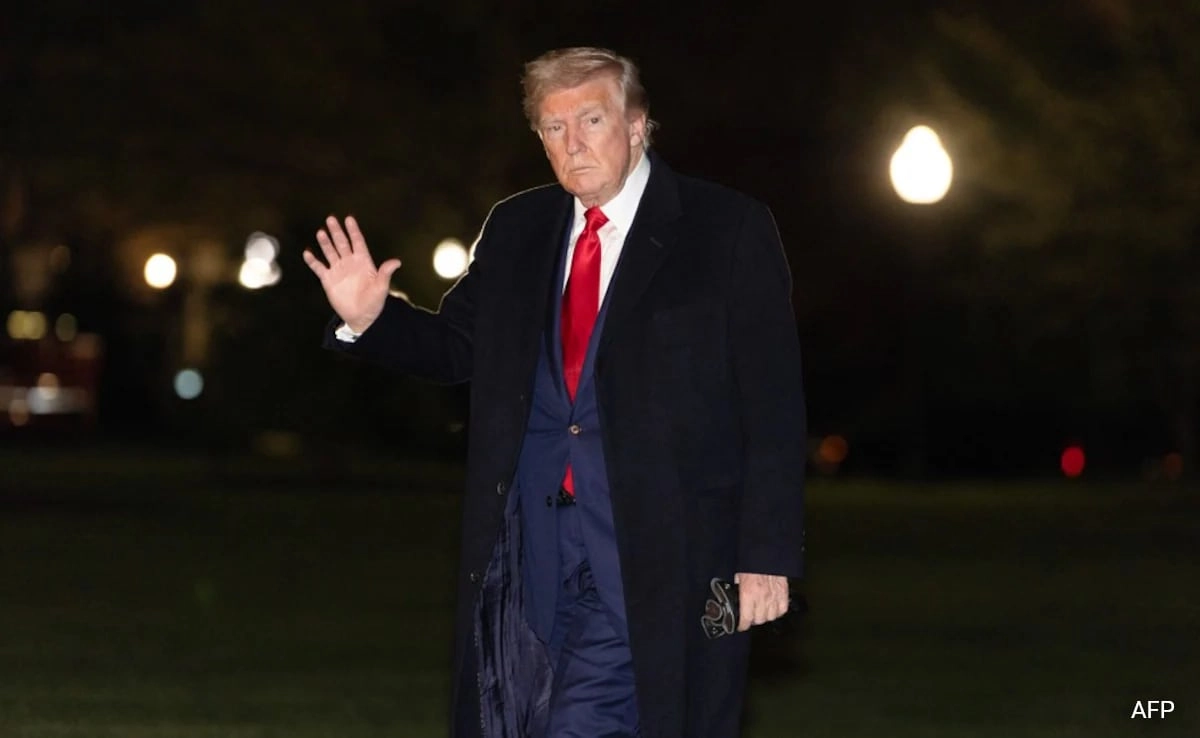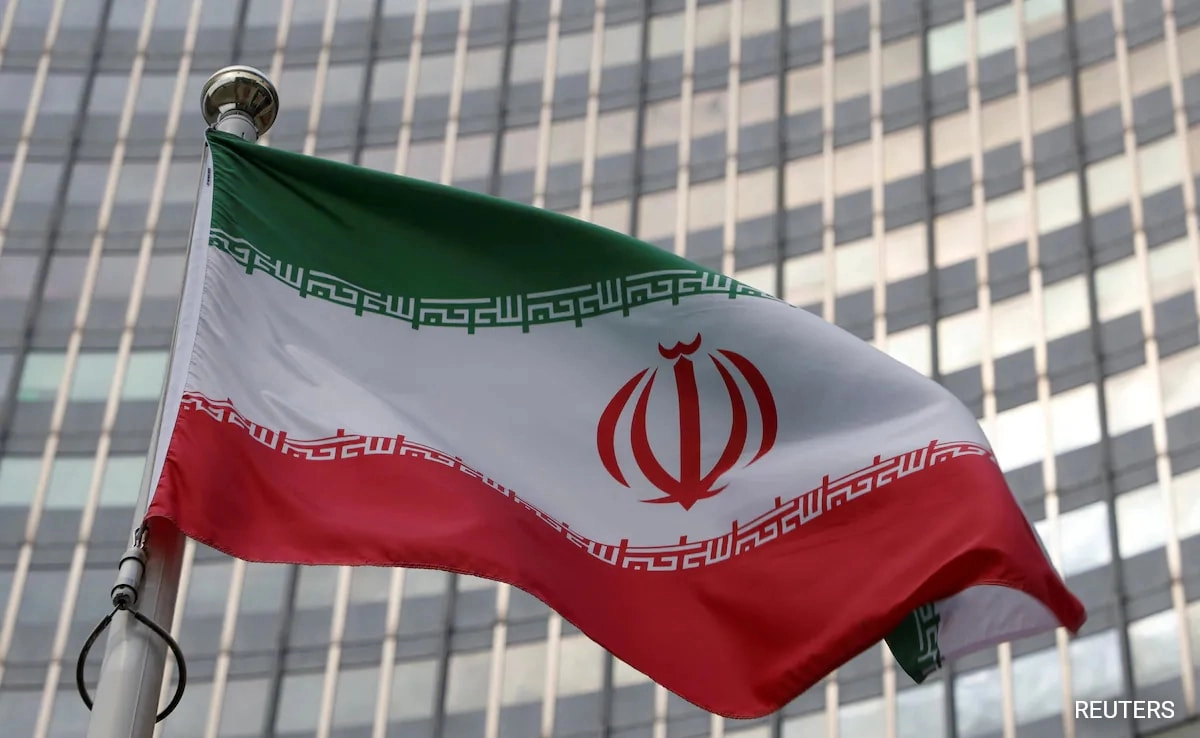In the first 100 days of President Trump’s second term, often referred to as “Trump 2.0,” several key moments have defined his administration’s approach and priorities. One of the most significant events was the implementation of a new tariff blitz aimed at addressing trade imbalances and protecting domestic industries. This aggressive strategy has sparked debates over its long-term implications for both the economy and international relations. The tariffs, targeting a range of goods from steel to electronics, are seen as a continuation of Trump’s protectionist policies, reflecting his commitment to prioritizing American workers and businesses. While supporters argue that these measures are necessary for the revitalization of American manufacturing, critics warn of potential retaliatory actions from trading partners and the risk of inflation for consumers.
In addition to trade policies, Trump’s second term has also been marked by a renewed focus on immigration reform. The administration has pushed for stricter border security measures, including the construction of new barriers and the implementation of a more robust vetting process for immigrants. This has reignited the contentious debate over immigration in the United States, with advocates lauding the need for enhanced security and opponents decrying the humanitarian implications of such policies. The administration’s stance reflects a broader trend of prioritizing national security and sovereignty, which has been a cornerstone of Trump’s political identity since his initial campaign.
Another critical moment in the early days of Trump 2.0 was the administration’s efforts to reshape the judicial landscape. By appointing conservative judges to federal courts, including the Supreme Court, Trump has aimed to solidify a legacy that aligns with his administration’s objectives and values. This judicial push is seen as a strategic move to influence key legal interpretations for generations to come, particularly on issues like reproductive rights, gun control, and religious freedom. The ramifications of these appointments are far-reaching, as they not only impact current legislation but also set precedents for future cases.
Furthermore, Trump’s approach to foreign policy has seen both continuity and change. While he continues to emphasize an “America First” doctrine, there have been notable shifts in relations with traditional allies and adversaries alike. The administration’s stance on NATO, for instance, has remained critical, pressuring member nations to increase their defense spending. Conversely, Trump’s engagement with countries like North Korea and Russia has evolved, as he navigates complex geopolitical landscapes. These foreign policy maneuvers reflect a broader strategy of redefining America’s role on the global stage, balancing between confrontation and diplomacy.
Overall, the first 100 days of Trump 2.0 have been characterized by a blend of bold policy initiatives and contentious debates. The administration’s focus on tariffs, immigration, judicial appointments, and foreign relations illustrates a commitment to a vision that prioritizes American interests while challenging the status quo. As the term progresses, the lasting effects of these key moments will likely shape not only the trajectory of Trump’s presidency but also the broader political landscape in the United States.




